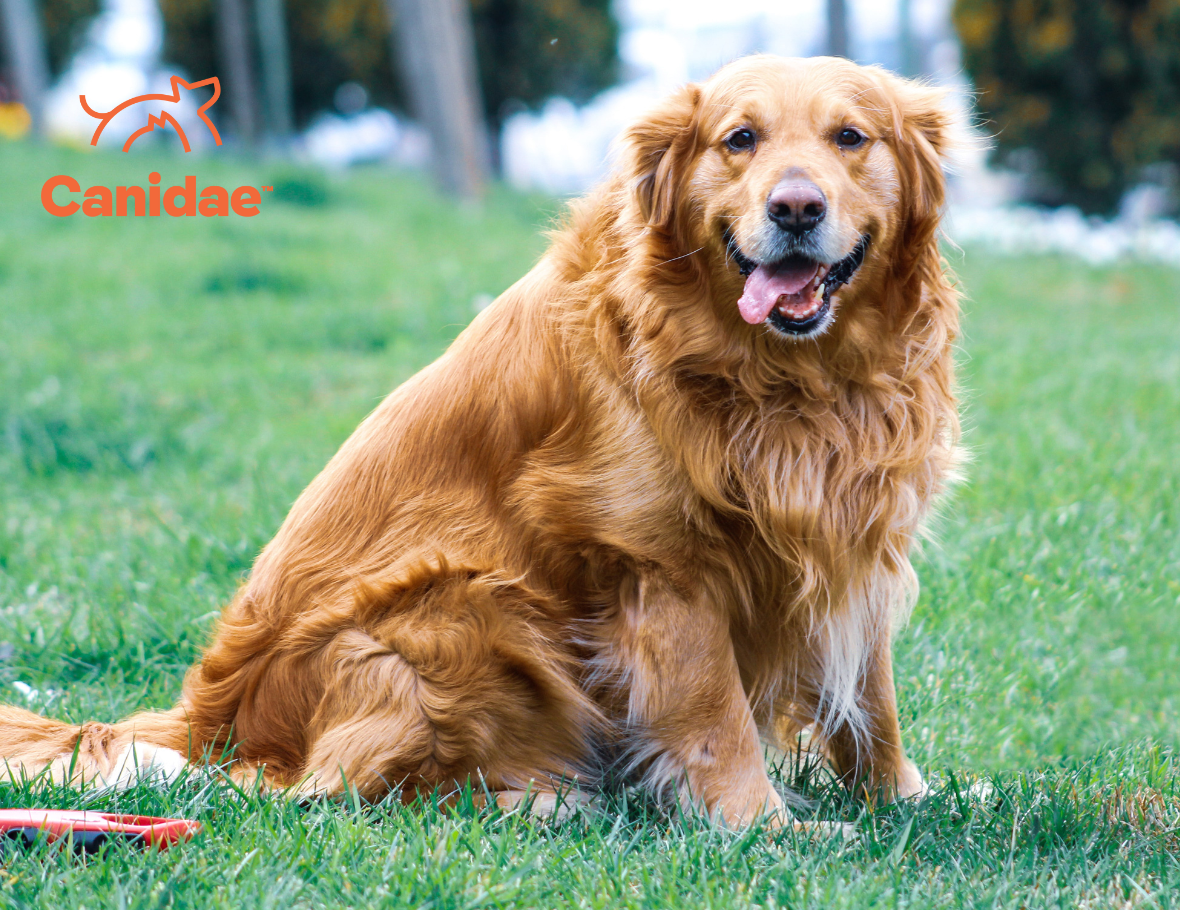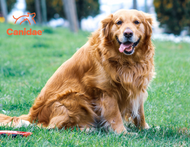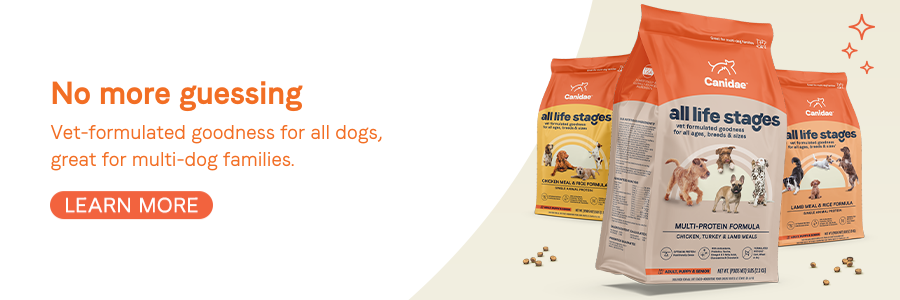Overweight Dog? How to Diagnose and Treat Obesity in Dogs
 We’ve all cooed over a cute “chubby” dog at the park or on social media and the statistics suggest a lot of us actually own one. Over 56% of dogs in the US are overweight, and while they may be adorable, they’re also likely to suffer from health conditions and live shorter lives.
We’ve all cooed over a cute “chubby” dog at the park or on social media and the statistics suggest a lot of us actually own one. Over 56% of dogs in the US are overweight, and while they may be adorable, they’re also likely to suffer from health conditions and live shorter lives.
A lot of us show our dogs love by feeding them, but the best way to express how much we care about them is to help them stay healthy. The good news is obesity is entirely preventable, and with a few changes to diet and lifestyle your overweight dog can reach a healthy size.
What Happens if My Dog Is Overweight?
The unfortunate truth is that obesity can cause diseases, affect your dog’s quality of life and dramatically reduce his lifespan — a 2019 study found that overweight dogs live on average 2 1/2 years less than healthy dogs.
The list of diseases that can be provoked by an unhealthy body weight is long and includes:
- Cancer
- Heart disease
- Respiratory disease
- Diabetes
- High blood pressure
- Arthritis and joint injuries
- Urinary bladder stones
It’s worth remembering that a dog carrying extra weight can also be an indicator of an underlying health problem such as hypothyroidism (an underactive thyroid gland) or Cushing’s disease (overactive adrenal glands). A veterinarian will be able to fully assess your dog and diagnose any conditions that may cause weight gain.
How to Tell if Your Dog Is Overweight
Technically, a dog is overweight if it’s 10-20% above its ideal body weight, and obese if it’s 20% or more over its ideal body weight. The problem is, pet parents aren’t trained to understand the ideal weight of a dog. In fact, we’re conditioned by so many media images of cute, fat dogs that we think it’s normal.
One way to determine if your dog is overweight is “the knuckle test”. First, place your hand palm down on a table or similar surface, then take your other hand and stroke the flats of your fingers over the knuckles of your resting hand. Now, use the flats of your fingers to feel your dog’s ribs behind his shoulder blades. The consistency should feel similar to your knuckles. If you’re struggling to feel the ribs beneath a layer of fat, or there’s a big difference from how your knuckles felt, your dog is most likely overweight.
If you’re having any doubts, a vet can assess your dog and also provide a healthy body weight target. Lots of vets use a Body Condition Score chart when diagnosing obesity in dogs. Going to the vet about your dog’s weight shouldn’t just be a one-time event: once treatment has begun you should check progress with regular assessments.
How to Treat Obesity in Dogs
The answer is remarkably simple: diet and exercise. In combination, eating well and doing regular exercise helps your dog lose weight — just as it can help pet parents shed some pounds!
Prevention is always better than cure and one thing we often neglect is giving our dogs enough exercise. While the amount differs depending on size, age and different breed standards, it’s essential to give your dog daily physical activity. This can include walks around the park and playing fetch in the backyard. If you’re unsure how much exercise your dog needs be sure to ask your vet.
With regards to feeding your dog, don’t just reduce the amount of his current food as this could cause malnourishment. Any weight loss plan should focus on gradual and sustainable change rather than quick fixes. While you may need to reduce the number of calories your dog is taking in, it’s essential that it’s with the right food.
Canidae® prioritizes maximum nutrition for your dog. Our fantastic recipes are balanced for whole-body health and are full of nourishing proteins, nutrients and healthy fats. It’s important to transition to Canidae properly, especially if your dog is currently eating less nutritionally rich food. Transitioning appropriately, over time, is best for your dog’s happiness, plus safeguards against any health issues.
Our PURE Dry Dog Food: Grain Free, Chicken and Pea Recipe for Healthy Weight uses a limited number of wholesome ingredients to provide your dog with a well-rounded and nutritionally dense meal. Real, antibiotic-free chicken is the number one ingredient, providing your dog with an excellent lean protein source.
Middle-aged dogs from 5-10 years of age tend to slow down, and this often results in weight gain — especially if they continue eating the same food as before. Why not introduce them to the vet-formulated All Life Stages Less Active Dry Dog Food: Chicken, Turkey, & Lamb Meal? This delicious recipe contains antioxidants to fuel a healthy immune system and probiotics to boost a healthy digestive system.
If you’re not sure what food to feed your dog, you could take a veterinarian and pet food expert’s recommendations or try our Pet Food Quiz.
One final note about feeding your dog: all calories count. Bear that in mind the next time he’s transfixed by your table scraps. Likewise, treats can be a great way to train your dog but should never make up more than 10% of his daily calorie count.
Be consistent with feeding times and portions, and remember to weigh your dog at least once a month. As always, if you have any doubts then consult your veterinarian.

